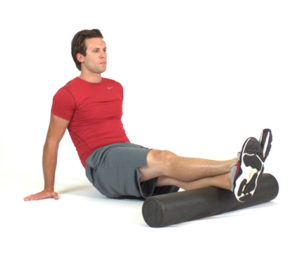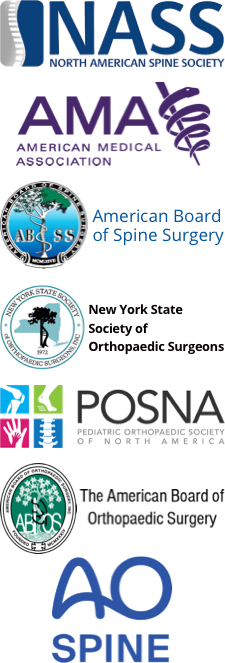 When seeking pain management therapy for muscle pain, foam rolling is often used to treat people at all fitness levels. When used properly, a foam roller can be like an at-home massage. Medically referred to as a “self-myofascial release,” foam rolling can help in the recovery of overactive and sore muscles, and ultimately pain.
When seeking pain management therapy for muscle pain, foam rolling is often used to treat people at all fitness levels. When used properly, a foam roller can be like an at-home massage. Medically referred to as a “self-myofascial release,” foam rolling can help in the recovery of overactive and sore muscles, and ultimately pain.
Foam rolling targets the fascia, the soft tissue portion of the connective tissue in the muscle that provides support and protection (the tissue that surrounds your muscles). If your body experiences overuse, trauma or—believe it or not—too much inactivity, the fascia can become restricted, thicken and shorten, and result in inflammation and pain. For instance, a restricted fascia near your IT Band can cause your knee cap to move and track incorrectly, a common cause of Runner’s Knee.
A proven way to release the inflammation in the fascia is to slowly stretch your muscles, and a foam roller helps facilitate this. The goal of this therapy is to help relax your muscles, improve joint range of motion, reduce soreness and improve tissue recovery. Once your fascia is loose, your other muscles and joints can move more freely and your mobility and balance will be improved.
Foam rolling is an exercise that should be done before regular stretching activities—this will help improve the tissue’s ability to stretch out, though you should always seek professional medical advice before starting foam rolling exercises.
Some muscles that a foam roller can help reduce pain include:
- Iliotibial Tract (IT Band)
- Piriformis
- Hamstring
- Quadriceps
- Tensor Fascia Latae (TFL)
- Adductor
- Latissimus
- Rhomboids
By simply using your own body weight on foam rollers, you can reduce pain and tension and restore normal muscle length and balance. Have you tried using a foam roller? Tell us about your experience on our Facebook page.









